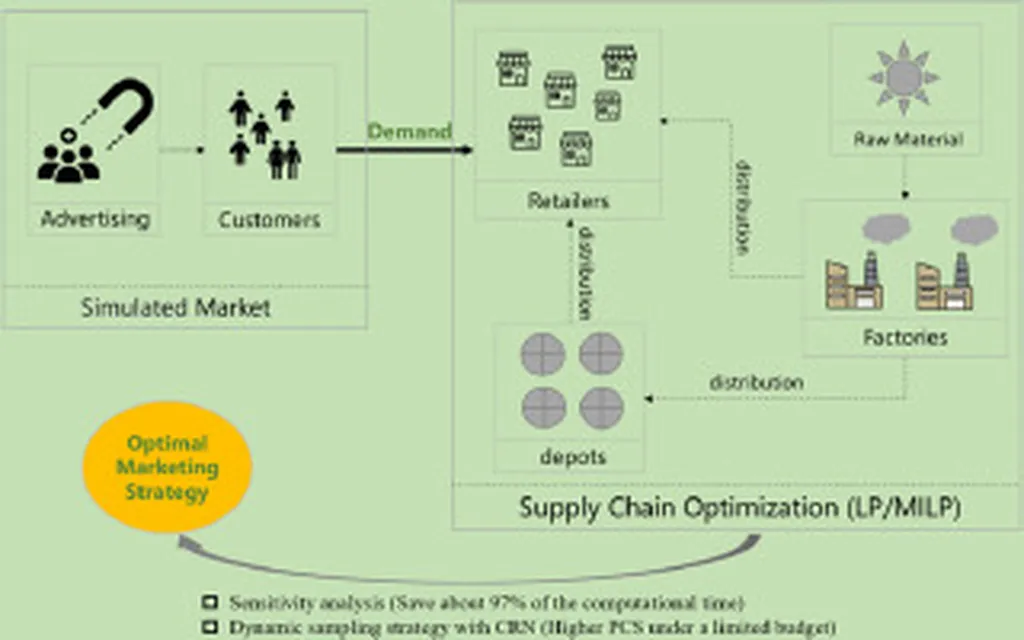In the ever-evolving landscape of construction, the quest for efficiency and sustainability has become more critical than ever. A recent study, led by Garni Amal of the Science and Engineering Research Laboratory at Sidi Mohamed Ben Abdellah University, sheds light on the transformative potential of optimization and simulation techniques in construction supply chains. Published in the MATEC Web of Conferences (which translates to Materials Science and Technology Conference Series), this research offers a comprehensive analysis of how these techniques can enhance performance, resilience, and decision-making in the construction industry.
The study, based on a systematic review and bibliometric analysis of 340 publications from Scopus and Web of Science spanning from 1997 to 2024, reveals a fascinating landscape of research trends, key contributors, and emerging themes. Using tools like Biblioshiny, the research team examined scientific output, citation metrics, and coauthorship networks, uncovering a 15.05% annual growth rate and 31.47% international collaboration in this field.
Garni Amal emphasizes the multidisciplinary and collaborative nature of the research, stating, “The integration of optimization and simulation techniques in construction supply chains is not just a technological advancement; it’s a paradigm shift that fosters international collaboration and innovation.”
One of the most compelling aspects of this study is its focus on keyword analysis and visualization techniques, such as cooccurrence maps and thematic clustering. These tools illustrate the evolution of research in this domain, highlighting the growing emphasis on sustainability and efficiency. For the construction industry, this means a move towards more resilient and environmentally friendly practices, which are increasingly important in today’s market.
The findings of this study are particularly relevant for the energy sector, where construction projects often involve complex supply chains and significant environmental impacts. By optimizing these supply chains, companies can reduce costs, improve project timelines, and minimize their carbon footprint. As Amal notes, “The energy sector stands to gain immensely from these advancements, as they align with the global push towards sustainable and efficient construction practices.”
The study’s insights offer valuable guidance for both academics and practitioners, underscoring the role of optimization and simulation in improving the efficiency and sustainability of construction supply chains. As the industry continues to evolve, the integration of these techniques will likely become a cornerstone of successful project management and execution.
In conclusion, this research not only highlights the current state of optimization and simulation techniques in construction supply chains but also points to a future where these methods are integral to the industry’s success. For professionals in the construction and energy sectors, the message is clear: embracing these advancements is not just beneficial—it’s essential for staying competitive and sustainable in an increasingly complex world.

